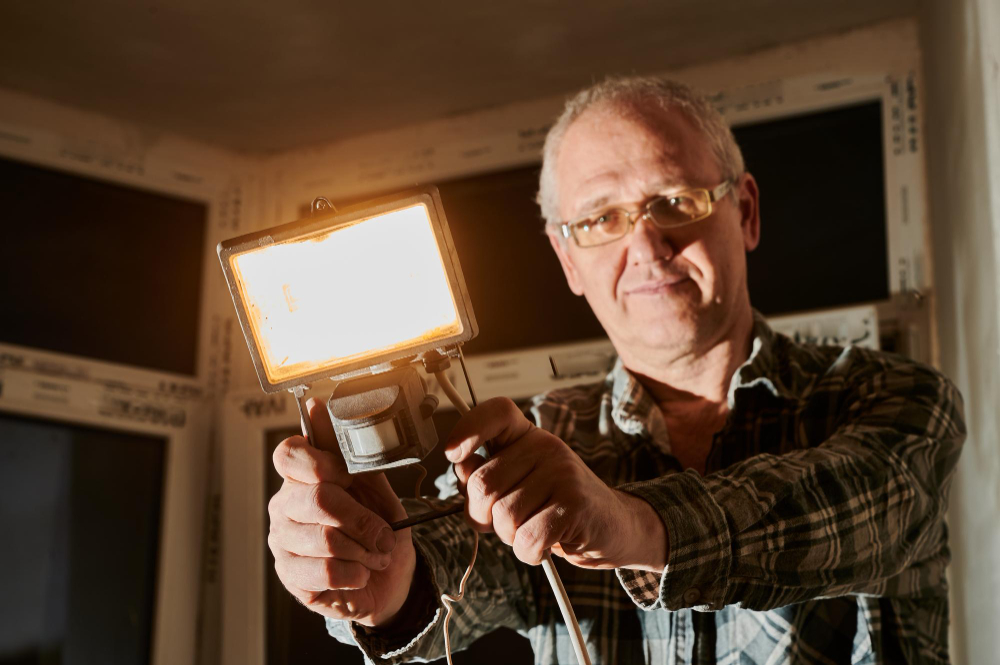When we glance at historical photographs or paintings, one striking observation often stands out: people seemed to look older in the past than they do today. The weathered faces and prematurely aged features of individuals from bygone eras evoke a sense of maturity and gravitas that may seem incongruous with their actual ages. But what factors contributed to this phenomenon, and why did people look older in the past? Let’s delve into the intriguing mysteries of historical aging and uncover the secrets behind this perceptual enigma.
Weathering the Trials of Everyday Life
One prominent factor that may have contributed to the appearance of premature aging in the past is the harsh living conditions endured by many individuals. Throughout history, people faced a myriad of challenges, including limited access to healthcare, poor nutrition, inadequate sanitation, and strenuous physical labor. These factors could take a toll on the body over time, leading to premature wear and tear, physical ailments, and a weathered appearance that belied one’s chronological age.
Battling the Elements
In an era before modern conveniences and environmental regulations, people were often exposed to a multitude of environmental hazards that could accelerate the aging process. Harsh weather conditions, pollution, infectious diseases, and occupational hazards posed significant risks to health and well-being, contributing to premature aging and diminished life expectancy. Sun exposure, in particular, could cause skin damage and wrinkles, leading to a more aged appearance among individuals who spent long hours working outdoors.
Navigating the Challenges of Medical Care
Access to healthcare was often limited in the past, with medical knowledge and resources far less advanced than they are today. People faced greater risks of injury, illness, and mortality due to infectious diseases, childbirth complications, and lack of preventive care. Without access to modern treatments and interventions, individuals were more likely to experience health issues that could manifest as physical signs of aging, such as tooth loss, malnutrition, and chronic illnesses.
Embracing Maturity and Wisdom
Cultural attitudes towards aging and appearance may have also played a role in shaping perceptions of age in the past. In many societies, older individuals were revered for their wisdom, experience, and leadership abilities, leading to a cultural idealization of maturity and aging. As a result, people may have been more inclined to accept and embrace signs of aging as symbols of status, wisdom, and authority, contributing to the perception that individuals looked older than their actual ages.
Embracing Natural Beauty
Unlike today’s society, where cosmetic procedures and grooming practices abound, people in the past had limited options for enhancing their appearance or reversing the effects of aging. Cosmetic products were often rudimentary or non-existent, and surgical procedures were risky and primitive by modern standards. As a result, individuals had fewer means of concealing or mitigating the physical signs of aging, leading to a more pronounced and visible aging process.
Bearing the Burden of Historical Events
Historical periods marked by conflict, upheaval, and social unrest could also contribute to the perception of premature aging among individuals. Wars, famines, economic downturns, and other traumatic events could induce significant stress, anxiety, and psychological trauma, leading to accelerated aging at the cellular level. Chronic stress can impact health and well-being in myriad ways, affecting hormone levels, immune function, and cellular repair mechanisms, all of which can contribute to premature aging.
Reflecting on the Past
In conclusion, the perception that people looked older in the past is a complex phenomenon shaped by a myriad of factors, including harsh living conditions, environmental hazards, limited healthcare access, cultural norms, grooming practices, and psychological stress. While individuals in historical periods may have appeared older than their actual ages, it is essential to consider the broader social, cultural, and environmental contexts in which they lived. By unraveling the mysteries of historical aging, we gain insights into the diverse experiences and challenges faced by individuals throughout history, enriching our understanding of the human condition across time and space.
